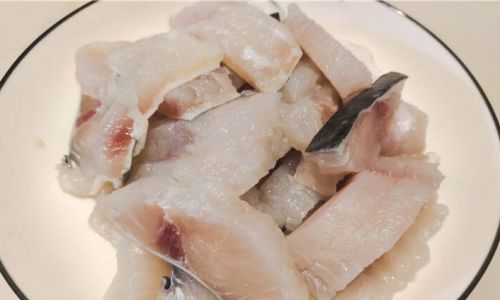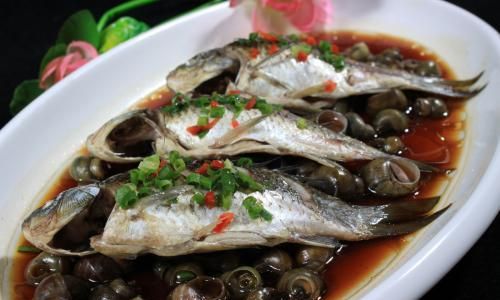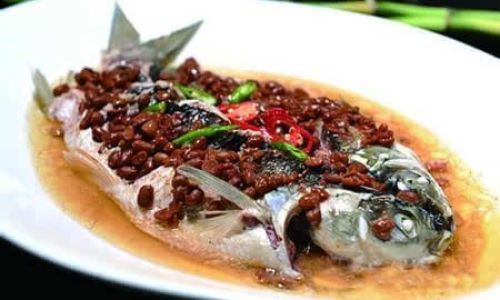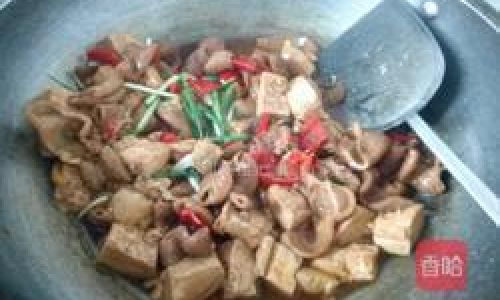Introduction
Basa fish, a mild-flavored, white-fleshed river fish native to Southeast Asia, has gained immense popularity worldwide due to its delicate texture, affordability, and versatility in the kitchen. Whether you’re a seasoned home cook or a novice exploring seafood, steaming basa fish is a foolproof method to retain its natural flavors while achieving a tender, moist finish. However, the key to culinary perfection lies in mastering the precise steaming time—a factor that varies based on fillet thickness, equipment, and personal preference. This article delves into the science and art of steaming basa fish, offering a comprehensive guide to ensure your dish is cooked to flaky, juicy perfection every time.
Why Steam Basa Fish?
Steaming is a gentle cooking technique that uses hot vapor to cook food without immersing it in liquid. This method preserves the fish’s delicate flavor, locks in moisture, and prevents the loss of essential nutrients like omega-3 fatty acids, protein, and vitamins. Unlike frying or grilling, steaming minimizes the need for added fats, making it a healthier alternative. Additionally, basa fish’s low oil content and mild taste make it an ideal candidate for steaming, as it readily absorbs aromatic seasonings like ginger, garlic, and soy sauce without becoming overly greasy.
Factors Influencing Steaming Time
Achieving the ideal steaming time for basa fish hinges on several variables. Understanding these factors will help you adapt recipes to your specific kitchen setup and preferences.
-
Thickness of Fillets
The thickness of the basa fillet is the most critical determinant of cooking time. Thicker cuts require more time to ensure even cooking, while thinner slices risk overcooking if left unattended. A standard basa fillet (approximately 1 inch thick) typically steams in 7–1 minutes. However, fillets exceeding 1.5 inches may need up to 12 minutes, while ultra-thin pieces (½ inch or less) might cook in 5–7 minutes.
-
Quantity and Arrangement
Overcrowding the steaming basket or plate can trap steam and create uneven heat distribution, leading to inconsistent results. For best outcomes, arrange fillets in a single layer with at least ½ inch of space between them. If cooking multiple portions, opt for a larger steamer or work in batches to maintain airflow. -
Steaming Equipment
The type of steamer you use impacts cooking efficiency:- Bamboo Steamers: These traditional tools distribute heat evenly but may require preheating and careful monitoring to prevent moisture buildup.
- Electric Steamer: Modern electric models offer precise temperature control and timers, streamlining the process.
- Metal Steamer Baskets: Often paired with pots, these conduct heat rapidly but may need occasional adjustments to maintain a consistent boil.
-
Altitude and Climate
High-altitude environments have lower boiling points, which can extend steaming times. Similarly, humid climates may affect steam intensity. If cooking at elevation, add 1–2 minutes to the recommended time and test for doneness early.
Step-by-Step Guide to Steaming Basa Fish
Follow this systematic approach to guarantee flawlessly steamed basa fish.
-
Preparing the Fish
- Thawing: If using frozen fillets, thaw them in the refrigerator overnight or under cold running water. Avoid microwave thawing, as it can partially cook the fish.
- Cleaning: Rinse fillets under cool water to remove ice crystals or debris. Pat dry with paper towels to eliminate excess moisture, which can lead to sogginess.
- Seasoning: Lightly coat fillets with oil (sesame or olive) to prevent sticking. Season with salt, pepper, and aromatics like sliced ginger, garlic, or cilantro. For added flavor, marinate briefly in a mixture of soy sauce, rice wine, and a touch of sugar.
-
Setting Up the Steamer
- Water Level: Fill the steamer’s base with water, ensuring it does not touch the basket. Overfilling can cause boiling water to splatter onto the fish.
- Preheating: Bring water to a rolling boil before placing the fish inside. Preheating jumpstarts the cooking process and ensures consistent steam.
- Placement: Lay fillets on a heatproof plate or parchment paper to prevent sticking. Elevate the plate slightly (e.g., using a trivet) to allow steam circulation.
-
Monitoring Cooking Time
- Timer: Use a kitchen timer to track progress. Avoid guessing, as overcooking by even 2 minutes can dry out the fish.
- Visual Cues: Cooked basa fish turns opaque and flakes easily with a fork. The flesh should resist translucence but remain moist.
- Thermometer Check: Insert an instant-read thermometer into the thickest part of the fillet. The internal temperature should reach 145°F (63°C).
-
Testing for Doneness

- Flake Test: Gently press the fillet with a fork. If it separates into clean, white flakes, it’s ready.
- Resistance Test: Overcooked fish feels mushy, while undercooked fillets resist flaking. Aim for a balance between tenderness and structure.
Common Mistakes and How to Avoid Them
Even experienced cooks stumble occasionally. Here’s how to sidestep pitfalls:
-
Overcooking
- Symptoms: Dry, crumbly texture; loss of moisture.
- Solution: Set a timer and check the fish 1–2 minutes early. Err on the side of undercooking, as residual heat will continue cooking the fish off the stove.
-
Undercooking
- Risks: Raw or translucent patches pose food safety hazards.
- Solution: Ensure the steamer maintains a vigorous boil throughout cooking. Use a thermometer for accuracy.
-
Soggy Skin
- Cause: Excess moisture from thawing or inadequate pat-drying.
- Solution: Thaw fish properly and dry thoroughly before cooking. Avoid covering the steamer mid-cook, as this traps condensation.
-
Uneven Cooking
- Cause: Overlapping fillets or uneven steamer heat.
- Solution: Arrange fillets in a single layer and rotate the plate halfway through cooking for electric steamers.
Serving Suggestions and Pairings
Steamed basa fish’s neutral flavor pairs beautifully with a range of accompaniments:
- Sauces: Drizzle with a mix of soy sauce, sesame oil, and chili flakes. For a creamier option, serve with lemon-butter sauce.
- Aromatics: Garnish with fresh herbs (cilantro, basil), thinly sliced scallions, or toasted sesame seeds.
- Sides: Pair with steamed rice, quinoa, or stir-fried vegetables. For a low-carb option, serve over a bed of sautéed spinach or shredded cabbage.
- Innovative Twists: Flake cooked basa into tacos with mango salsa, or toss into Asian-inspired salads with edamame and avocado.
Safety and Food Handling Tips
Prioritize food safety to prevent foodborne illnesses:
- Storage: Keep raw basa fish refrigerated at 40°F (4°C) or below. Use within 2 days of purchase or freeze immediately.
- Cross-Contamination: Use separate cutting boards and utensils for raw fish. Wash hands thoroughly after handling.
- Reheating: Gently reheat steamed basa fish in the microwave or oven to avoid drying it out. Never reheat more than once.
Frequently Asked Questions

-
Can I Steam Frozen Basa Fish?
Yes, but increase cooking time by 2–3 minutes. Ensure the fish is fully thawed for even results. -
Should I Remove the Skin Before Steaming?
Optional. The skin helps hold the fillet together during cooking but can be peeled post-steaming if desired. -
Can I Use a Microwave Instead of a Steamer?
While possible, microwaves heat unevenly, increasing the risk of overcooking. Use a microwave-safe dish with a lid and cook in 1-minute intervals, checking frequently. -
What If I Don’t Own a Steamer?
Improvise using a colander or metal sieve placed over a pot of boiling water. Cover with a lid to trap steam. -
How Long Can I Store Steamed Basa Fish?
Refrigerate leftovers in an airtight container for up to 3 days. Freeze for longer storage (up to 2 months).
Conclusion
Steaming basa fish is a culinary skill that rewards patience and attention to detail. By mastering the interplay of thickness, equipment, and timing, you can elevate this humble fish into a restaurant-worthy dish. Experiment with seasonings, sauces, and accompaniments to discover your signature style. Remember, the perfect steamed basa fillet is not just about minutes—it’s about intuition, practice, and a willingness to savor the journey from raw ingredient to sublime meal. So, fire up your steamer, set your timer, and embark on a flavorful adventure that celebrates the art of simplicity.






0 comments